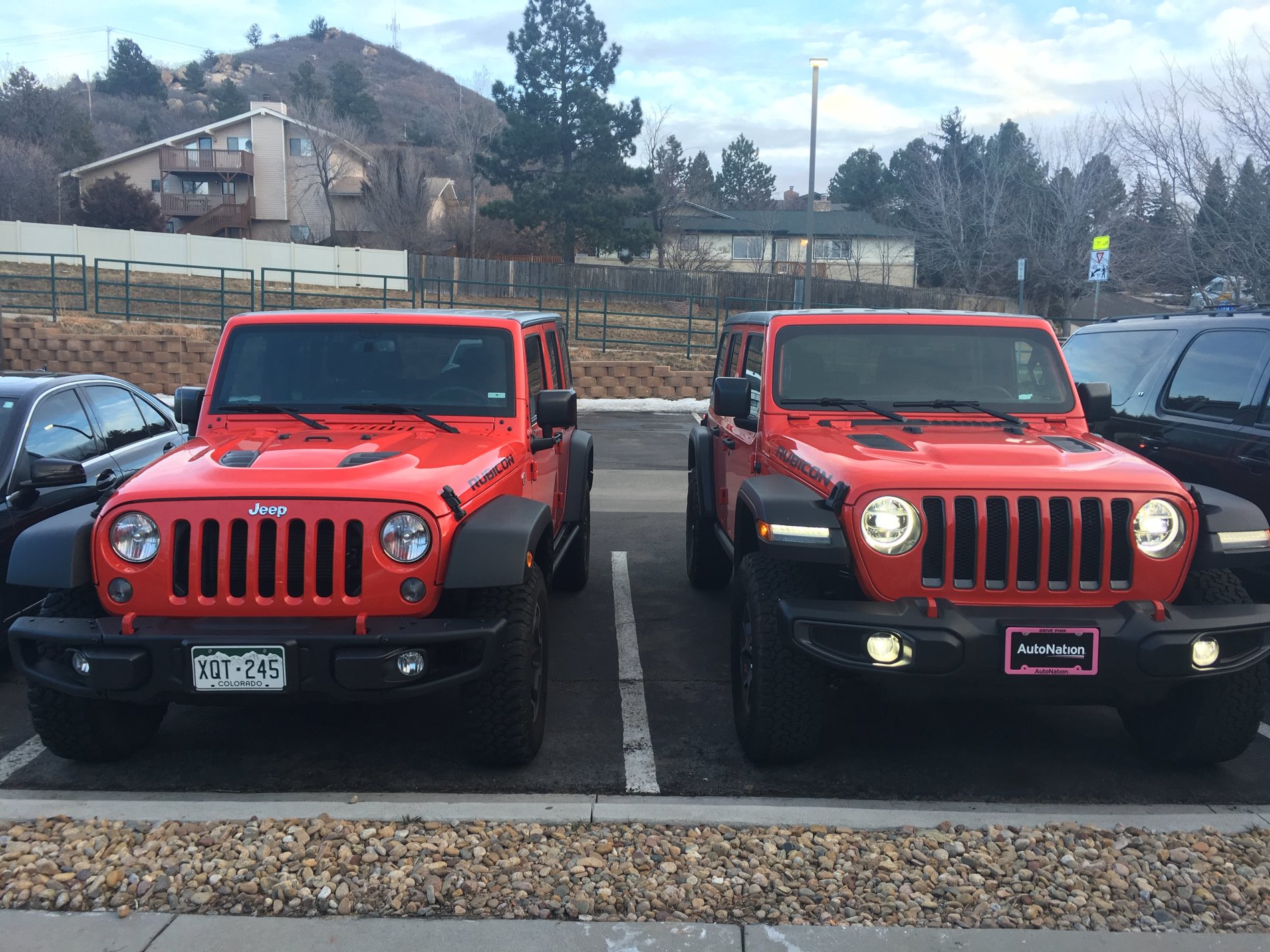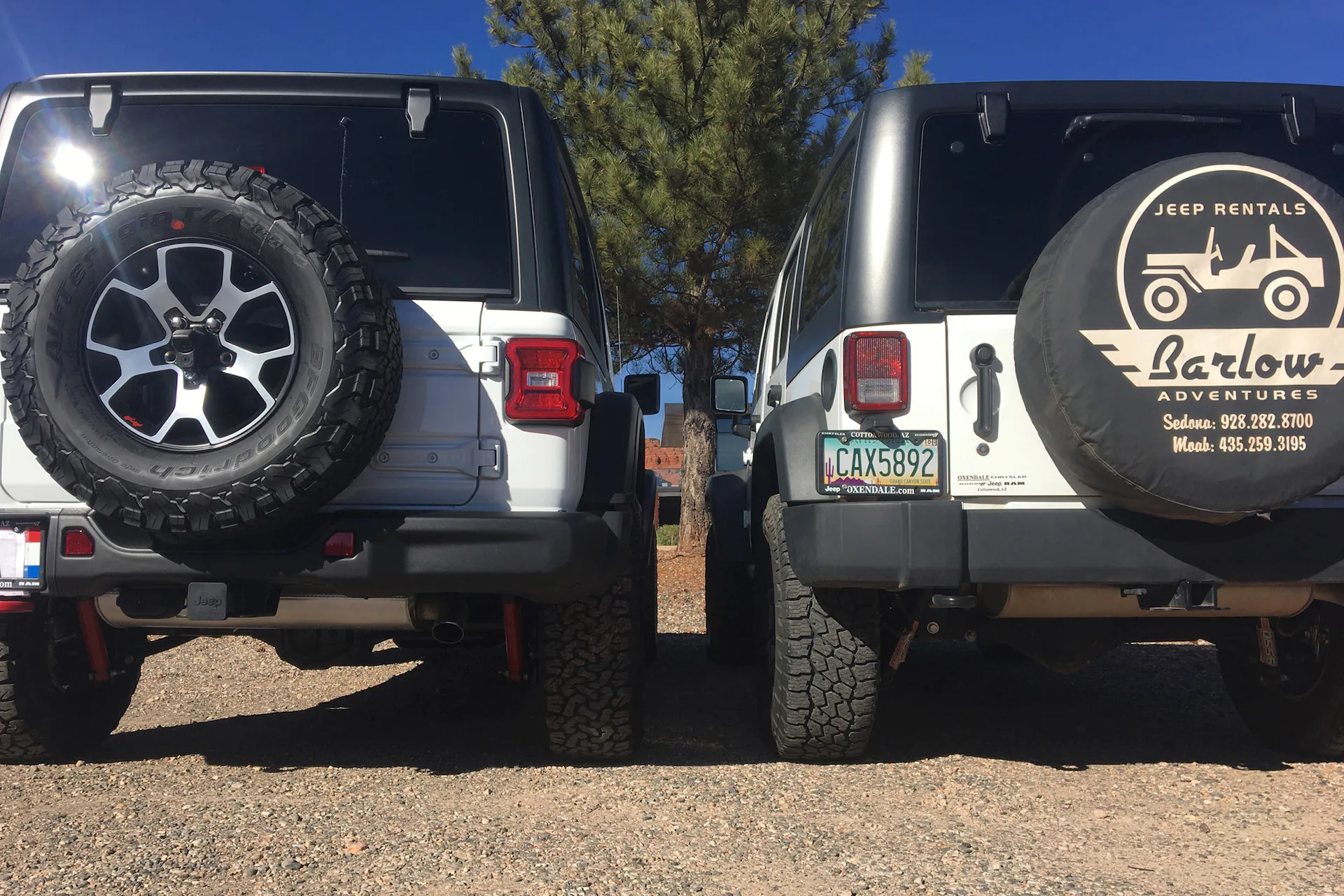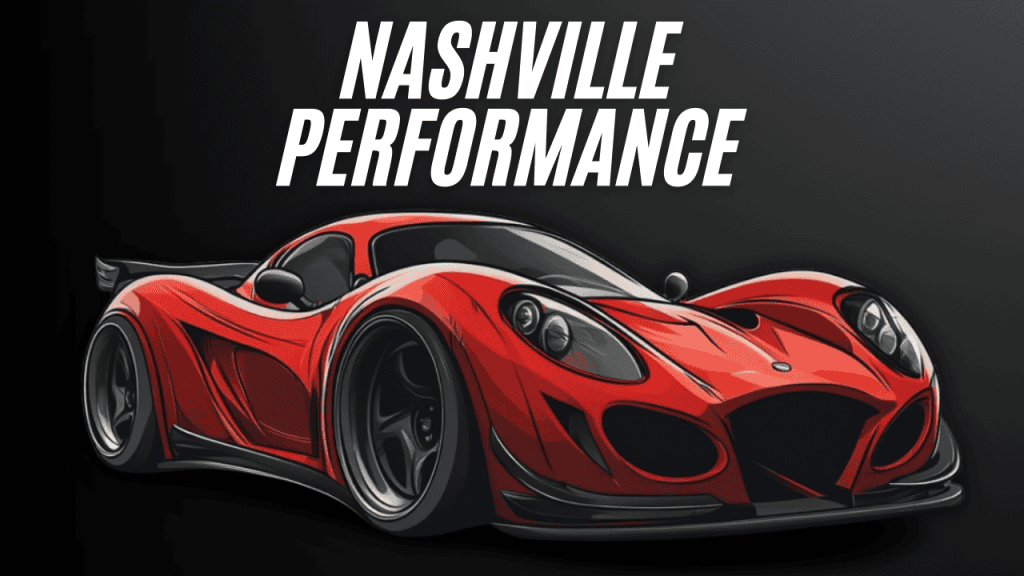Table of Contents
Jeep Wrangler JK vs JL: A Comprehensive Comparison
Introduction
The Jeep Wrangler has long been an icon of off-road capability, rugged styling, and adventure-ready performance. The Wrangler’s continuous evolution ensures that it remains competitive while retaining its legendary 4×4 capabilities. The 2018 Jeep Wrangler JL marked the latest redesign, replacing the long-running JK generation (2007-2018).
If you’re considering a Wrangler purchase or upgrade, it’s essential to understand how Jeep refined and modernized the JL while keeping the core Wrangler DNA intact. Let’s explore the key differences, performance upgrades, design refinements, and off-road capabilities between the JK and JL generations.
A Brief History of Wrangler Generations
Before comparing the Wrangler JK vs. JL, here’s a quick recap of Jeep Wrangler history:
- YJ (1987-1995) – First-generation Wrangler replaced the CJ series, featuring rectangular headlights and improved road handling.
- TJ (1997-2006) – Introduced coil-spring suspension, improving comfort without compromising off-road ability.
- JK (2007-2018) – First Wrangler to offer a four-door option (Unlimited), introducing modern conveniences while retaining its rugged design.
- JL (2018-Present) – The most refined, high-tech, and performance-oriented Wrangler, enhancing comfort, efficiency, and capability.
The 2018 JL Wrangler represents a major leap forward in design, performance, and interior technology. Let’s dive into how Jeep has modernized the Wrangler without sacrificing its legendary off-road capability.

Wrangler JK vs JL: Key Differences
1. Exterior and Dimension Changes
The JL retains the Wrangler’s signature styling but introduces refinements for improved aerodynamics, visibility, and off-road utility.
| Dimension | Wrangler JK | Wrangler JL | Change |
|---|---|---|---|
| 2-Door Length | 164.3 inches | 166.8 inches | +2.5 inches |
| 4-Door (Unlimited) Length | 187.5 inches | 188.4 inches | +1.5 inches |
| Width | 74.4 inches | 73.8 inches | Slightly narrower |
| Wheelbase (2-Door) | 95.4 inches | 96.8 inches | +1.4 inches |
| Wheelbase (4-Door) | 116 inches | 118.4 inches | +2.4 inches |
| Curb Weight (Base Model) | ~4,005 lbs | ~4,237 lbs | +200 lbs |
Exterior Styling Updates
- More Aerodynamic Design: The JL features a more sculpted hood, rounded front end, and wider grille slots for better cooling and airflow.
- LED Lighting Upgrades: Available LED headlights, fog lights, and taillights for improved visibility and modern styling.
- Aluminum Body Components: The JL incorporates aluminum doors, hood, and tailgate, reducing weight and improving efficiency.
- Improved Visibility: Lower cowl height and bigger windows enhance outward visibility.
2. Powertrain & Performance Enhancements
One of the biggest improvements in the JL generation is the addition of new engine options and a more advanced transmission.
| Spec | Wrangler JK | Wrangler JL | Improvement |
|---|---|---|---|
| Base Engine | 3.6L Pentastar V6 | 3.6L Pentastar V6 | 285 hp (+10 hp over JK) |
| Optional Engine 1 | 3.8L V6 (2007-2011) | 2.0L Turbo I-4 | 270 hp, 295 lb-ft (More efficient) |
| Optional Engine 2 | N/A | 3.0L EcoDiesel V6 | 260 hp, 442 lb-ft (Diesel torque for off-roading) |
| Transmission | 6-Speed Manual or 5-Speed Auto | 6-Speed Manual or 8-Speed Auto | Faster shifts, better efficiency |
| Acceleration (0-60 mph) | ~8.5 sec | ~7.0 sec | Up to 1.5 sec faster |
Key Powertrain Upgrades
- 2.0L Turbocharged Engine: Introduces 295 lb-ft of torque, providing better low-end power for off-roading and towing.
- 3.0L EcoDiesel Option: Offers best-in-class torque (442 lb-ft) and improved fuel efficiency for long-distance travel.
- 8-Speed Automatic Transmission: Faster gear changes, better fuel economy, and smoother acceleration.
- Start-Stop Technology: Improves efficiency in traffic by shutting off the engine when idle.
3. Interior Comfort & Technology Upgrades
The JL Wrangler interior sees a massive improvement in materials, technology, and comfort.
Interior Features: JK vs. JL
| Feature | Wrangler JK | Wrangler JL | Improvement |
|---|---|---|---|
| Infotainment System | Basic radio | Uconnect with 5″, 7″, or 8.4″ touchscreen | Apple CarPlay & Android Auto |
| Seating | Manual cloth seats | Available heated leather seats, lumbar support | More premium options |
| Noise Insulation | Moderate road noise | Enhanced soundproofing | Quieter cabin |
| Safety Features | Basic ABS & stability control | Blind spot monitoring, rearview camera | More standard safety tech |
Additional Comfort Features:
- Push-button start (first time in a Wrangler).
- Available dual-zone automatic climate control.
- More rear passenger space in Unlimited models.
The JL cabin is quieter, more comfortable, and packed with modern tech, making it a better daily driver than the JK.
4. Off-Road Capabilities: Has the JL Improved?
Despite modern upgrades, Jeep ensured the JL remains just as rugged and off-road capable as the JK.
| Off-Road Spec | Wrangler JK | Wrangler JL | Change |
|---|---|---|---|
| Ground Clearance | 10.8 inches | 10.9 inches | +0.1 inches |
| Approach Angle | 42.2° | 41.4° | Slightly reduced |
| Departure Angle | 32.5° | 30.5° | Slightly reduced |
| Water Fording Depth | 30 inches | 30 inches | No change |
| Axle Setup | Dana 30 (front), Dana 44 (rear) | Dana 30 (front), Dana 44 (rear) | Stronger materials in JL |
- Improved Articulation: JL’s new suspension tuning provides better wheel travel over obstacles.
- Lighter, Stronger Materials: Aluminum doors and hood reduce weight while steel skid plates protect vital components.
Both models excel off-road, but the JL enhances comfort without compromising capability.

Which One Should You Buy?
Reasons to Choose a Wrangler JK:
More Affordable – Cheaper on the used market.
Larger Aftermarket Support – More mods available.
Proven Reliability – Long-running 3.6L V6 is easy to maintain.
Reasons to Choose a Wrangler JL:
Better Performance – More power, turbo/diesel options, and a modern 8-speed automatic.
Modern Tech & Comfort – Larger touchscreen, quieter ride, better seats.
Improved Efficiency – Better MPG, lighter materials, and stop-start tech.
Final Verdict: The JL is the Superior Wrangler
Unless budget is a concern, the JL Wrangler offers major improvements in performance, technology, and refinement while maintaining legendary off-road capability.
Whether you love the classic JK or the refined JL, Jeep continues to prove why the Wrangler remains the go-to 4×4 for adventure seekers.

Additional Resources
Check out the best performance car gear available on the market.
